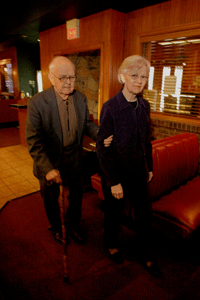 Much like other public accommodations, hotels and other locales of transient lodging are required by the AODA (Accessibility for Ontarians with Disabilities Act) to provide access and services to people with disabilities in a manner that takes into account their specific disability. This means that any person with a physical, mental health, sensory or developmental disability must have their needs accommodated to ensure that they have equitable access to hotels, motels and places of lodging.
Much like other public accommodations, hotels and other locales of transient lodging are required by the AODA (Accessibility for Ontarians with Disabilities Act) to provide access and services to people with disabilities in a manner that takes into account their specific disability. This means that any person with a physical, mental health, sensory or developmental disability must have their needs accommodated to ensure that they have equitable access to hotels, motels and places of lodging.
Visual impairment is relatively a common type of disability, yet you’d be surprised by how many lodging facilities there are that are not prepared to accommodate people who are blind or have low vision.
Hotel Arrivals
If an establishment provides shuttle bus services, drivers should be trained on how to assist people with vision problems. Hotel staff should also be trained on how to help people with vision impairments to find the registration desk and other areas of your establishment. Learning how to be a sighted guide is a very fundamental skill that is useful in any environment.
Front Desk
Hotels, motels and other similar businesses should have front desk staff members that are trained to handle and accommodate people with vision impairments. Personnel should be taught not to assume or guess at the extent of a guest’s vision impairment but instead to inform guests of the facilities and services that can help them, such as Braille and tactile print that can be found on accessible signage throughout the facility.
Documents and Forms
Front desk staff should offer to help a guest with a visual disability to fill out forms and documents used for checking in or out. And those forms and other documents must be printed using fonts and font sizes that are easy to read for people with low vision.
Directions and guides
Training on how to verbalize directions is vital, instead of pointing or gesturing when serving guests with vision impairments. Be specific when giving out directions and, if at all possible, offer to be a sighted guide to ensure a guest gets safely to where they need to go at your facility.
These are just a few of the things that places of lodging should consider when they interact with people with vision disabilities. With sound knowledge of the AODA, and the training mandated by this legislation, employees at places of lodging will find themselves highly qualified to take care of and handle guests who have vision-related disabilities.
![]()
About the Author
Ron Taylor is a blogger and an advocate for the rights and welfare of people with disabilities. He currently writes for the blog of SignCollection.com.
